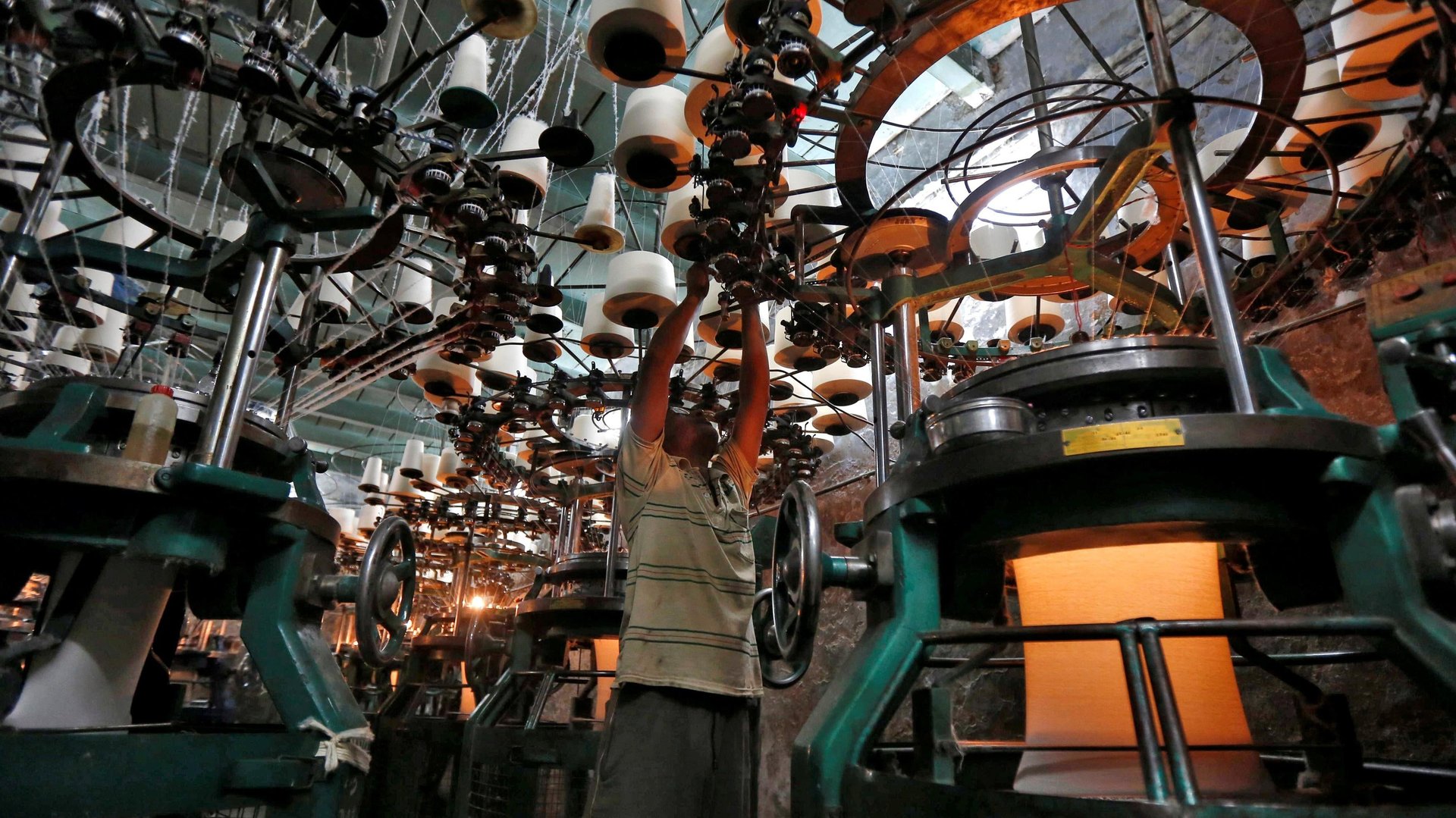The world's fastest-growing major economy is headed for more turbulence
To meet its annual growth target of 7%, India must grow at least by 5.1% in the March quarter

India, despite its economic growth slowing to 4.4% in the December 2022 quarter, is the world’s fastest-growing major economy. But that will be a difficult lead to keep for long amid high interest rates and subdued demand.
The three months ending in December were India’s slowest in three quarters. It had grown 6.3% in the one before that and 13.2% in the June quarter, data released yesterday (Feb. 28) show.
This slowdown was caused primarily by slowing manufacturing activity, weaker personal consumption, and lower government expenditure. The negative growth in manufacturing indicated rising input costs.
What are the immediate challenges to India’s growth?
To achieve its full-year growth target of 7%, India needs to grow at 5.1% at least—the Reserve Bank of India’s projection is only 4.2%—in the current quarter, analysts estimate.
Economists at QuantEco Research expect growth to moderate to 6% as post-covid-19 pent-up demand fizzles out. A drawdown in government revenues and higher interest rates have curbed capital expenditure, too. Add to that the disruptions caused by the Ukraine war and the global slowdown.
The challenges that lie ahead for India’s economy include inflation, the continuing global slowdown, and a further weakening of the post-pandemic spurt.
Consumer prices have been on the rise for nearly a year, affecting Indians’ purchasing power. Aggressive interest rate hikes by the RBI to tame inflation have also hit demand. Yet, retail inflation rose to 6.52% in January, breaching the central bank’s upper threshold for the first time in three months.
Worsening it all is the global inflationary trend fueled by the supply chain disruption caused by the Ukraine war.
All this has dampened consumption which, since the pandemic ended, has been cruising along on pent-up demand. That phase is now over.
“We believe that overall growth momentum is softening, as pent-up demand from the lockdown period fades, exports weaken, and tighter fiscal and monetary policy rate take their toll. We expect GDP growth to slow from 6.8% in the financial year 2023 to 5.5% in the financial year 2024,” Pranjul Bhandari, chief India economist at HSBC, told The Indian Express.
